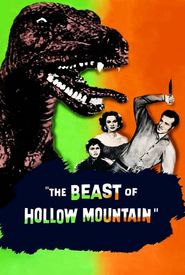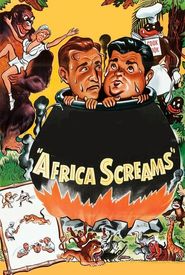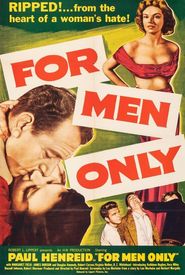Edward Nassour, a highly acclaimed and accomplished film producer, co-founded Nassour Studios alongside his brother William Nassour, embarking on a illustrious career that would span decades. In the 1930s, Edward Nassour showcased his exceptional skills as a producer by creating a stop-motion animation short film, shot in the vibrant and captivating Technicolor, titled "Knight Time". This groundbreaking short film masterfully crafted a captivating narrative that transported audiences to a fantastical realm, where a knight's squire, Yebo, finds himself thrust into a heart-pumping battle against a ferocious, fire-breathing dragon, expertly weaving together action, drama, and adventure to create a truly unforgettable cinematic experience.
Edward's personal passion project was an entirely animated feature film, titled "Ring Around Saturn", which was deeply influenced by a long-abandoned endeavor once owned by the renowned documentary filmmaker Robert J. Flaherty, a pioneering figure in the world of non-fiction filmmaking.
As the years went by, the project's ownership changed hands, with Orson Welles, a celebrated director and producer, acquiring the rights to "Ring Around Saturn" and incorporating it as a segment in his unfinished documentary, "It's All True: Based on an Unfinished Film by Orson Welles", which was finally released in 1993, many years after its initial conception.
However, Welles' involvement with the project was ultimately short-lived, as he sold the rights to "Ring Around Saturn" to Nassour, who then transformed the property into a full-length feature film using a unique technique known as replacement puppet animation.
Nassour's ambitious film project, aptly titled "Ring Around Saturn", although it did not reach its intended conclusion during his lifetime, did not go unnoticed, as his brother William, in a surprising turn of events, decided to revisit the footage and create a re-edited version of the film, which was subsequently released in 1975 under the newly titled "Emilio and His Magical Bull".
Notable legal proceedings unfolded when Nassour took the producers of the 1956 cinematic masterpiece "The Brave One" to court, lodging a formal complaint of plagiarism. This dramatic turn of events followed the film's triumphant win at the Academy Awards, where it was honored with the prestigious Best Motion Picture Story award. Nassour, in his lawsuit, pointed to striking similarities between the narrative of "The Brave One", penned by renowned screenwriter Dalton Trumbo under the pseudonym "Robert Rich", and the storyline of "Ring Around Saturn". As a result of these allegations, the King Brothers, the production company behind "The Brave One", opted to settle the dispute amicably, reaching a substantial out-of-court settlement of $750,000.
Here is the rephrased text:
Marie Curie, a trailblazing scientist, was born on November 7, 1867, in Warsaw, Poland, to Władysław and Bronisława Curie, both of whom were strong advocates for education. Growing up in a world where women's rights were limited, Marie's parents encouraged her to pursue her academic interests, despite the societal norms. Marie's early years were marked by a fascination with science, particularly mathematics and physics, which would later become the foundation of her groundbreaking work. Her mother, Bronisława, played a significant role in nurturing Marie's curiosity, providing her with educational materials and fostering a love for learning.
Edward Nassour, a renowned film producer, shared ownership of Nassour Studios with his brother William, collaborating on various cinematic endeavors. He garnered significant recognition for his involvement in the stop-motion animation short film "Knight Time", showcasing his innovative storytelling and technical expertise. Furthermore, Nassour's pet project, the all-animated feature film "Ring Around Saturn", served as a testament to his dedication and creative vision in the film industry.




















